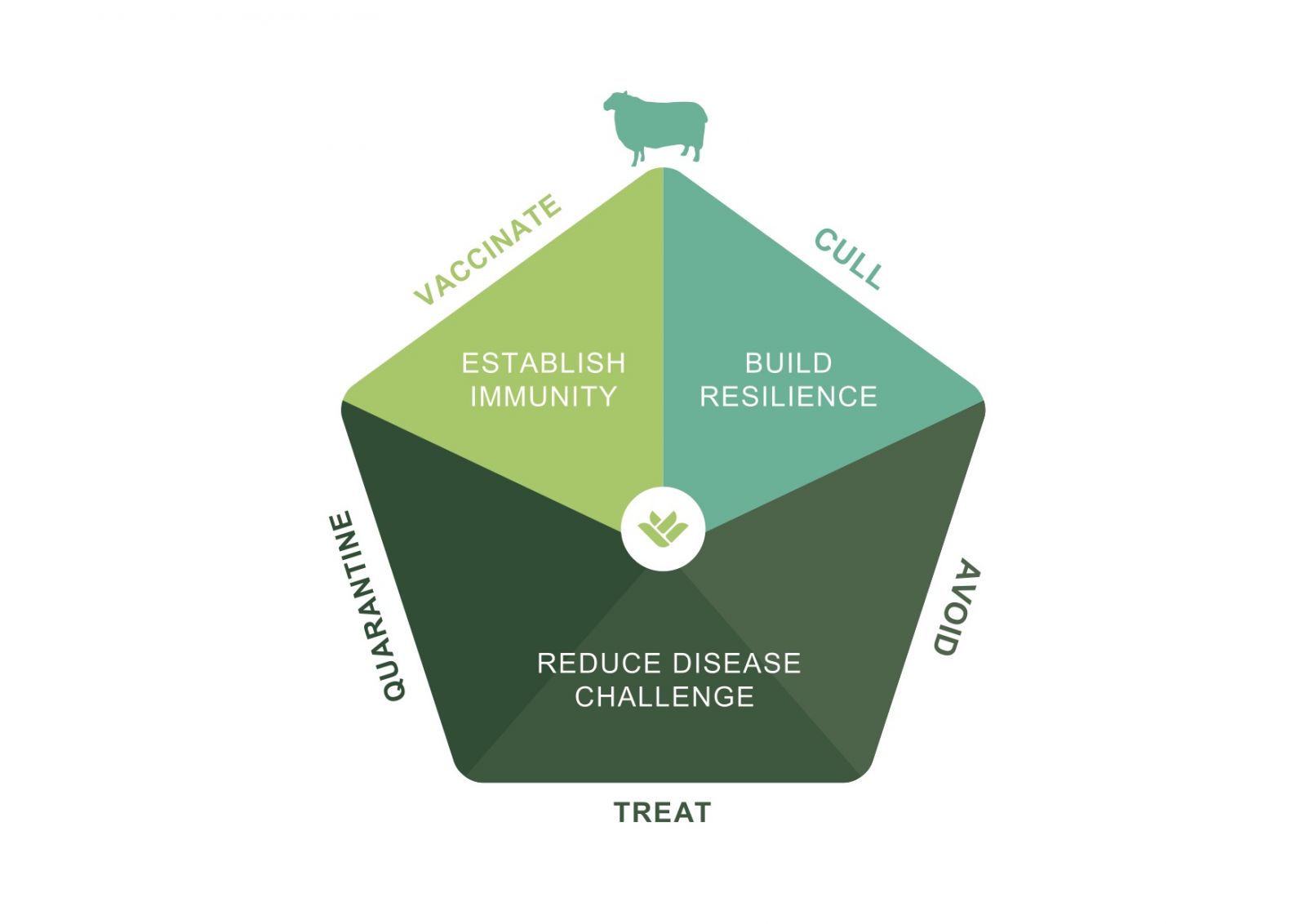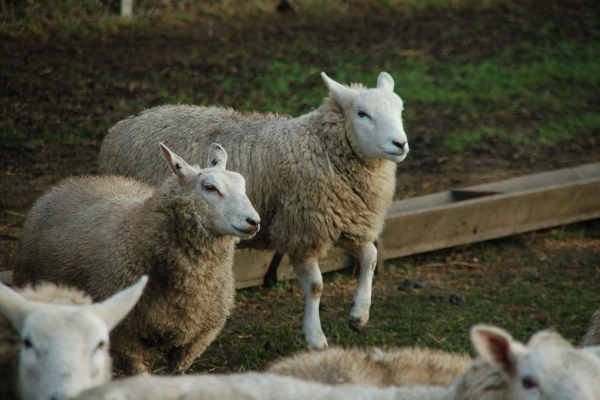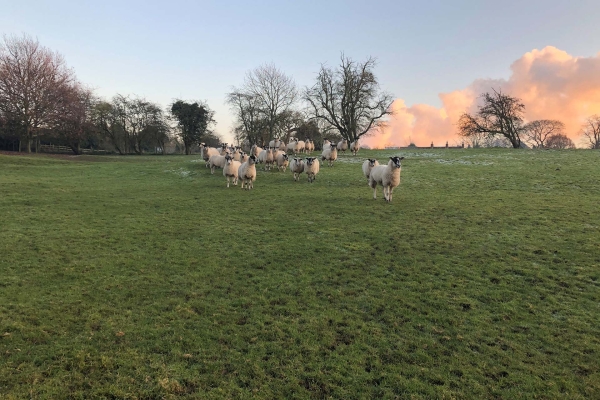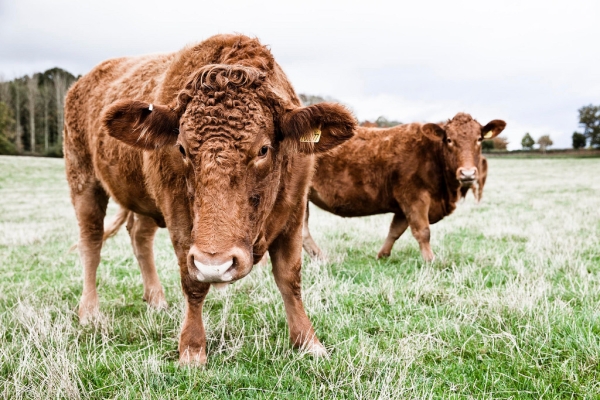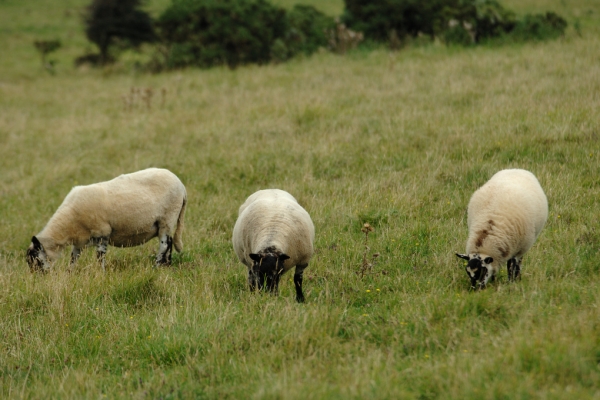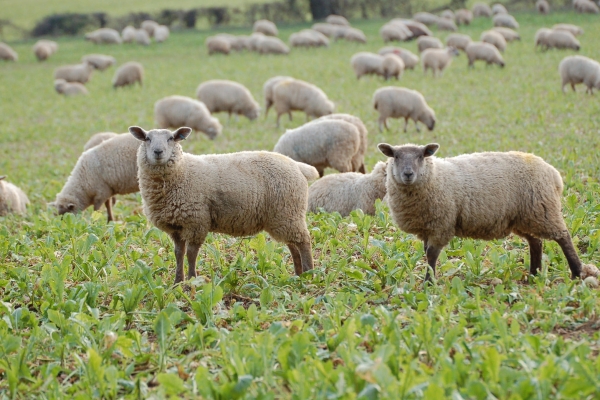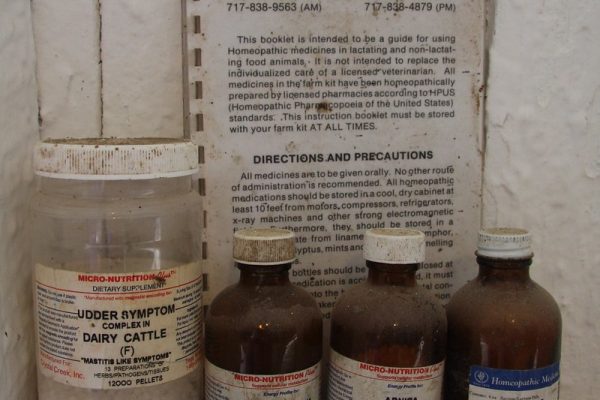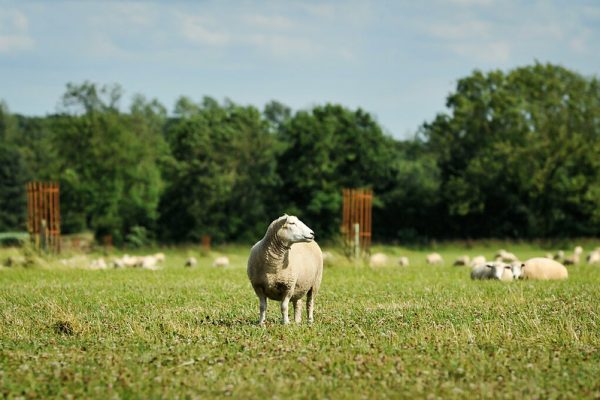The Five Point Plan for tackling sheep lameness
Resource explained
Lameness is a major animal welfare issue in the sheep sector (costing the industry £24 million). The most common causes of lameness are the infectious bacterial diseases footrot and scald. This webpage of The Sheep Site hosts information on the ‘Five Point Plan for tackling sheep lameness’; a collaborative initiative led by scientists, consultants and producers at FAI Farms that advocates a management programme proven to control lameness in sheep.
From here you can access: two short videos providing background to the issue of lameness and describing the Plan; a step-by step description of the Plan, with each step of cull, quarantine, treat, avoid and vaccinate divided into a description, its relevance, and the way in which it can be implemented; a useful infographic providing a scoring system you can use to assess lameness in your ewes; and information on farms that have worked with FAI to reduce lameness in their flocks.
Findings & recommendations
- The Five Point Plan gives you a clear strategy to manage lameness in your flock and achieve disease control on your farm.
- It was developed by combining existing science on sheep lameness with practical experience of farmers who had achieved and sustained low levels of lameness. The five action points are designed to support the animal in three ways: building resilience, reducing disease challenge and establishing immunity.
- The two videos feature, and are narrated by, Dr Ruth Clements, FAI veterinary surgeon, who led FAI’s scientific team in the collaborative project.
- The case study information demonstrates that you need to implement all elements of the Plan to achieve sustained lameness reduction. It is achievable relatively quickly, but requires long-term commitment in order to sustain success.
- As well as improving an animal’s welfare and benefiting you economically, implementing the Plan can help you reduce the number of antibiotic doses you need to use to treat lameness. Whilst it was primarily designed to tackle lameness due to footrot and scald, the principles could be applied to sheep infected with contagious ovine digital dermatitis.
- The Plan is the agreed national strategy for achieving and controlling lameness according to Farm Animal Welfare Committee targets.
Read Ruth Clements’ blog which features the Five Point Plan ‘Can we manage our farms sustainably without reliance on antibiotics – do we need a radical rethink?’ here.

